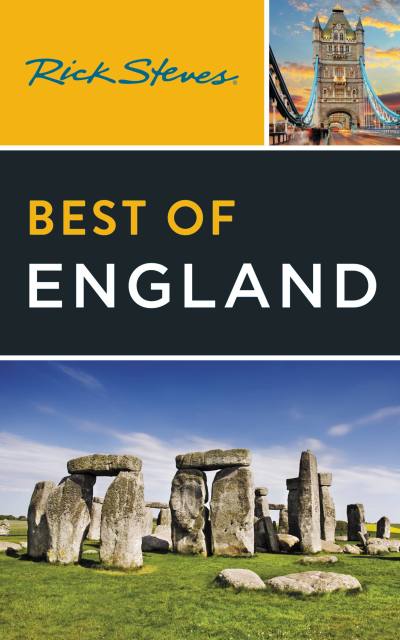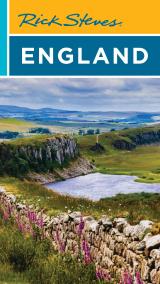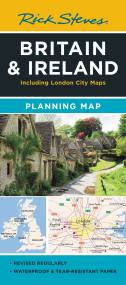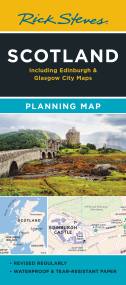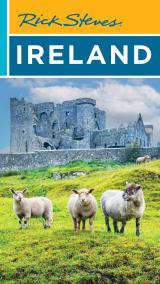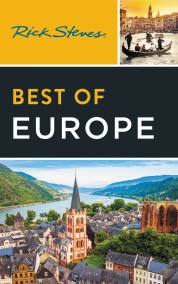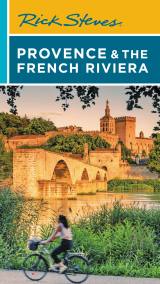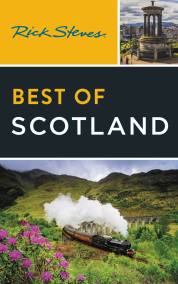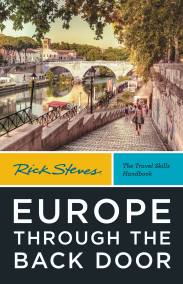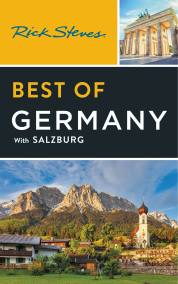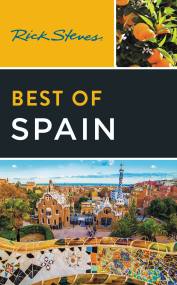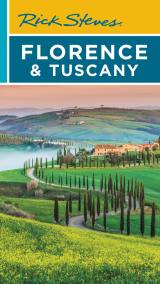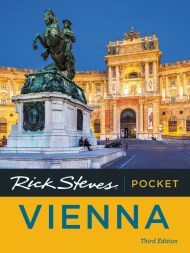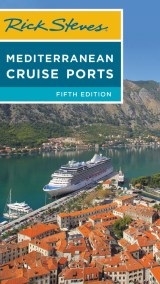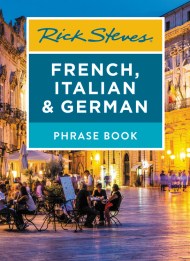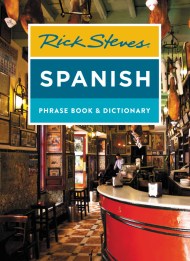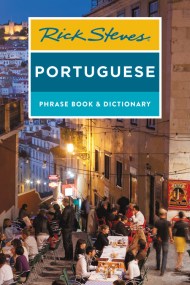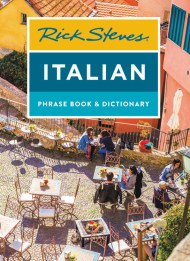Promotion
Sign up for our newsletters to receive 20% off! Shop now. Exclusions apply.
By clicking “Accept,” you agree to the use of cookies and similar technologies on your device as set forth in our Cookie Policy and our Privacy Policy. Please note that certain cookies are essential for this website to function properly and do not require user consent to be deployed.
Rick Steves Best of England
With Edinburgh
Contributors
By Rick Steves
Formats and Prices
Price
$24.99Price
$31.99 CADFormat
Format:
- Trade Paperback $24.99 $31.99 CAD
- ebook $17.99 $22.99 CAD
This item is a preorder. Your payment method will be charged immediately, and the product is expected to ship on or around February 27, 2024. This date is subject to change due to shipping delays beyond our control.
Also available from:
- Strategic advice from Rick Steves on what's worth your time and money
- Short itineraries covering the best of London, Bath, the Cotswolds, the Lake District, York, and Edinburgh, including Windsor Castle, Oxford, Stonehenge, Stratford-upon-Avon, Liverpool, and more
- Rick's tips for beating the crowds, skipping lines, and avoiding tourist traps
- The best local culture, flavors, and more, including insightful walks through museums, historic sights, and atmospheric neighborhoods
- Trip planning strategies like how to link destinations and design your itinerary, what to pack, where to stay, and how to get around
- Over 400 full-color pages with detailed maps and vibrant photos throughout
- Suggestions for day trips and excursions
Planning a longer trip? Pick up Rick Steves England, an in-depth guide perfect for spending more than two weeks exploring England.
Genre:
Series:
-
"The country's foremost expert in European travel for Americans."Forbes
-
"Steves is an absolute master at unlocking the hidden gems of the world's greatest cities, towns, and monuments."USA Today
-
“Every country-specific travel guidebook from the Rick Steves publishing empire can be counted upon for clear organization, specificity and timeliness."Society of American Travel Writers
-
"Pick the best accommodations and restaurants from Rick Steves…and a traveler searching for good values will seldom go wrong or be blindsided."NBC News
-
"His guidebooks are approachable, silly, and even subtly provocative in their insistence that Americans show respect for the people and places they are visiting and not the other way around."The New Yorker
-
"Travel, to Steves, is not some frivolous luxury—it is an engine for improving humankind, for connecting people and removing their prejudices, for knocking distant cultures together to make unlikely sparks of joy and insight. Given that millions of people have encountered the work of Steves over the last 40 years, on TV or online or in his guidebooks, and that they have carried those lessons to untold other millions of people, it is fair to say that his life’s work has had a real effect on the collective life of our planet."The New York Times Magazine
-
"[Rick Steves] laces his guides with short and vivid histories and a scholar's appreciation for Renaissance art yet knows the best place to start an early tapas crawl in Madrid if you have kids. His clear, hand-drawn maps are Pentagon-worthy; his hints about how to go directly to the best stuff at the Uffizi, avoid the crowds at Versailles and save money everywhere are guilt-free."TIME Magazine
-
"Steves is a walking, talking European encyclopedia who yearns to inspire Americans to venture 'beyond Orlando.'"Forbes
-
“…he’s become the unofficial guide for entire generations of North American travelers, beloved for his earnest attitude and dad jeans."Outside Magazine
- On Sale
- Feb 27, 2024
- Page Count
- 424 pages
- Publisher
- Rick Steves
- ISBN-13
- 9781641715812
Newsletter Signup
By clicking ‘Sign Up,’ I acknowledge that I have read and agree to Hachette Book Group’s Privacy Policy and Terms of Use
